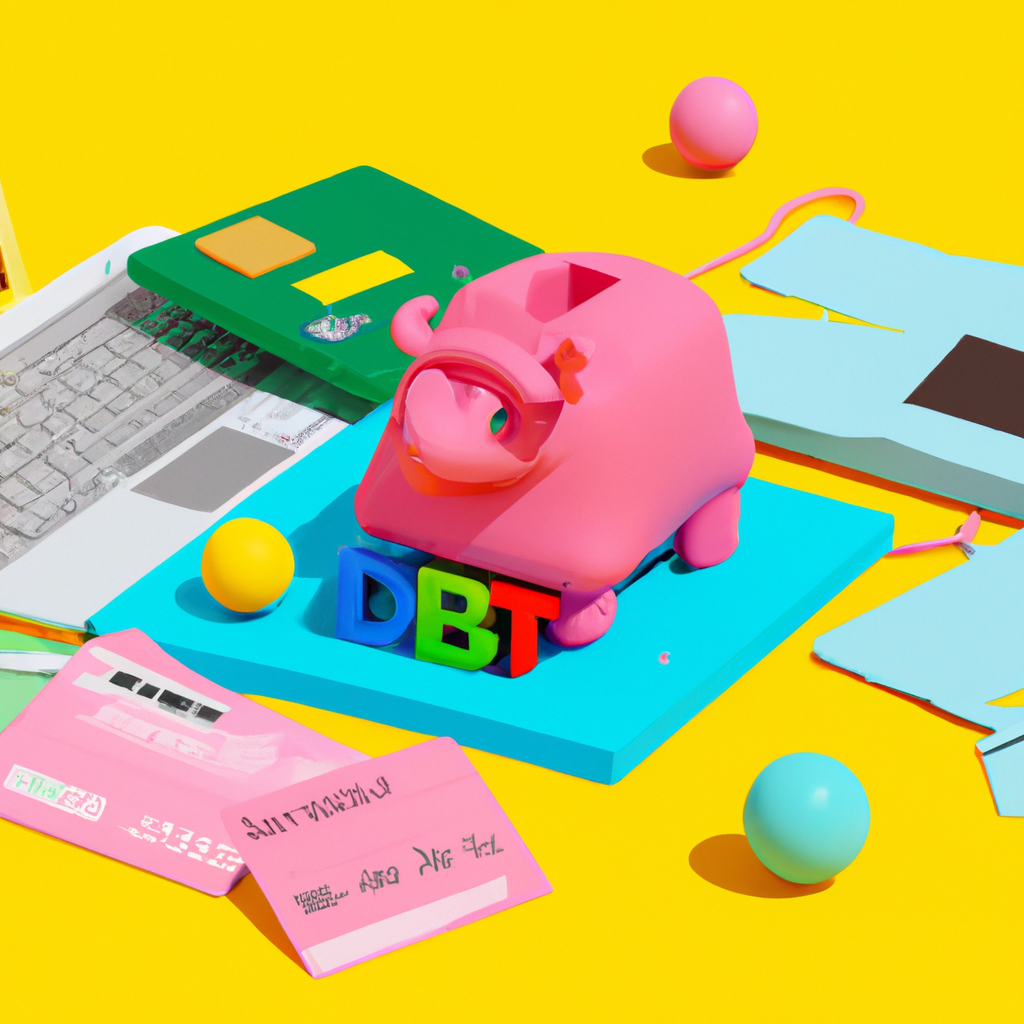Managing multiple debts can be a daunting task, filled with the stress of keeping track of various due dates, interest rates, and minimum payments. However, there is a way to simplify this complex web of financial obligations: debt consolidation. This strategy involves combining multiple debts into one loan or payment plan, making it easier to manage your finances and potentially saving you money on interest.
Debt consolidation is particularly beneficial for those struggling with high-interest credit card debts or juggling multiple loan payments. By consolidating your debts, you can enjoy the convenience of a single monthly payment and often lower your overall interest rate. This not only simplifies your financial life but also helps in reducing the total amount you pay over time.
There are several methods available for debt consolidation, each with its own set of benefits and considerations. Whether you opt for a debt consolidation loan, use a balance transfer credit card, leverage home equity, or enroll in a debt management plan (DMP), understanding your options is key to making an informed decision.
Understanding Your Debt
Before diving into debt consolidation, it’s crucial to have a clear picture of your current financial situation.
Gathering Information
Start by listing all your debts, including the creditor names, total amounts owed, interest rates, and minimum monthly payments. This detailed list will help you understand where you stand financially. Additionally, obtain a copy of your credit report from major credit-monitoring agencies to check your credit score and history. A good credit score can significantly impact the terms of any consolidation loan or credit card you apply for.
Analyzing Your Financial Situation
Determine your monthly income and identify areas where you can cut expenses or increase income. Create a budget that excludes the debts you plan to consolidate. This will give you a realistic view of how much you can afford to pay each month towards your consolidated debt.
Methods of Debt Consolidation
Debt Consolidation Loan
A debt consolidation loan is one of the most popular methods for simplifying payments. These loans work by combining all your debts into one loan with a single interest rate and monthly payment. The benefits include lower interest rates compared to high-interest credit cards and the convenience of managing just one loan.
To qualify for a debt consolidation loan, you typically need good credit and must commit to regular monthly payments. There may also be origination fees associated with these loans. For example, if you have several credit cards with high balances and high interest rates, consolidating them into a single loan with a lower interest rate can save you money over time.
Balance Transfer Credit Card
Using a balance transfer credit card is another effective way to consolidate smaller debts. These cards often come with 0% APR introductory periods, allowing you to transfer your existing credit card balances without incurring interest for a specified period.
However, careful management is essential to maximize the promotional period. You need to pay off the balances before the introductory period ends to avoid higher interest rates and potential transfer fees. For instance, if you have $2,000 on a credit card with an 18% APR, transferring it to a card with a 0% APR for 12 months could save you hundreds in interest.
Home Equity Loan
For those with substantial home equity, a home equity loan can be an attractive option for debt consolidation. These loans offer lower interest rates compared to credit cards because they are secured by your home.
However, there are potential costs such as closing fees, and there is also the risk of foreclosure if loan payments are not maintained. Despite these risks, home equity loans can provide secured financing at lower rates than many other options.
Debt Management Plan (DMP)
A debt management plan (DMP) provides a structured approach to consolidating debts through non-profit credit counseling agencies. These plans involve negotiating lower interest rates and fees with your creditors while allowing you to make a single monthly payment.
While there may be fees associated with DMPs, they offer significant benefits such as financial education and the convenience of managing all your debts through one payment system.
Cash-Out Auto Refinance
Cash-out auto refinance involves refinancing your auto loan for an amount higher than what you owe on your vehicle. The extra cash can then be used to pay off other debts at potentially lower interest rates.
This method leverages vehicle equity but requires careful consideration of the new loan terms and potential risks involved.
Steps to Consolidate Your Debt
Evaluating Options
When evaluating different consolidation methods, consider factors like APR (Annual Percentage Rate), monthly payments, and the impact on your credit score. For example, if you have excellent credit, you might qualify for better terms on a debt consolidation loan compared to someone with poor credit.
Applying for a Loan
Applying for a loan involves using loan consolidation calculators to compare offers from various lenders. Make sure to read through all terms and conditions before committing to any loan.
Locking in Your Rate
Once you’ve chosen your consolidation method, complete the application process by providing necessary financial documents for verification. This step ensures that you lock in your rate and finalize your new repayment plan.
DIY Debt Consolidation Methods
If you prefer not to use external loans or credit cards, there are several DIY methods you can employ:
Debt Avalanche Repayment Method
The debt avalanche method focuses on paying off debts with the highest interest rates first while making minimum payments on other debts. This approach saves you the most money in interest over time but may not provide immediate psychological wins.
Debt Snowball Repayment Method
The debt snowball method prioritizes debts by their smallest balance first. This approach provides quick wins as you pay off smaller balances first, which can be motivating but may not always save you the most in interest.
Debt Blizzard Repayment Method
The debt blizzard method combines elements of both the snowball and avalanche methods. It prioritizes high-interest debts but also aims to achieve early wins by paying off smaller balances along the way.
Additional Resources
For further assistance:
-
Contact non-profit credit counseling agencies.
-
Use online loan consolidation calculators.
-
Review financial tools available from reputable sources.
These resources can provide additional guidance as you navigate the process of consolidating your debts.




